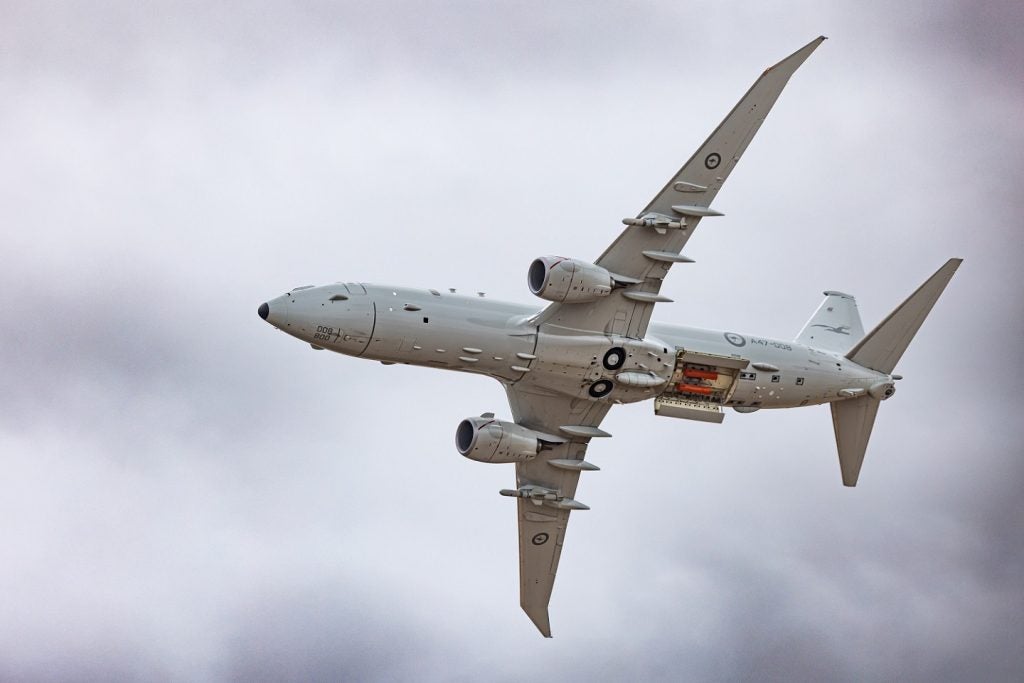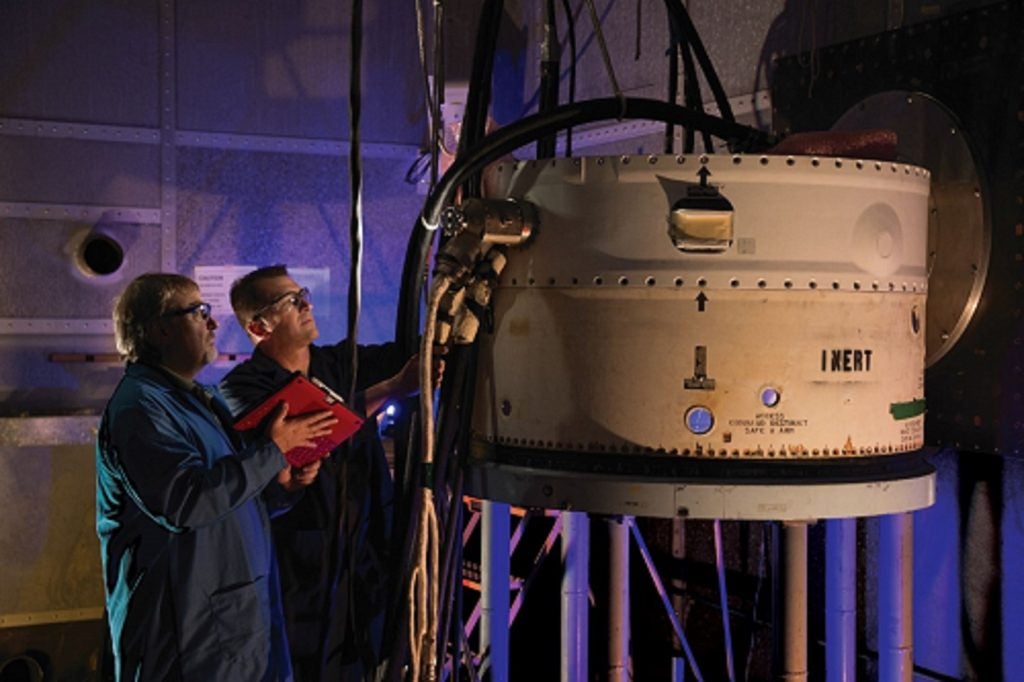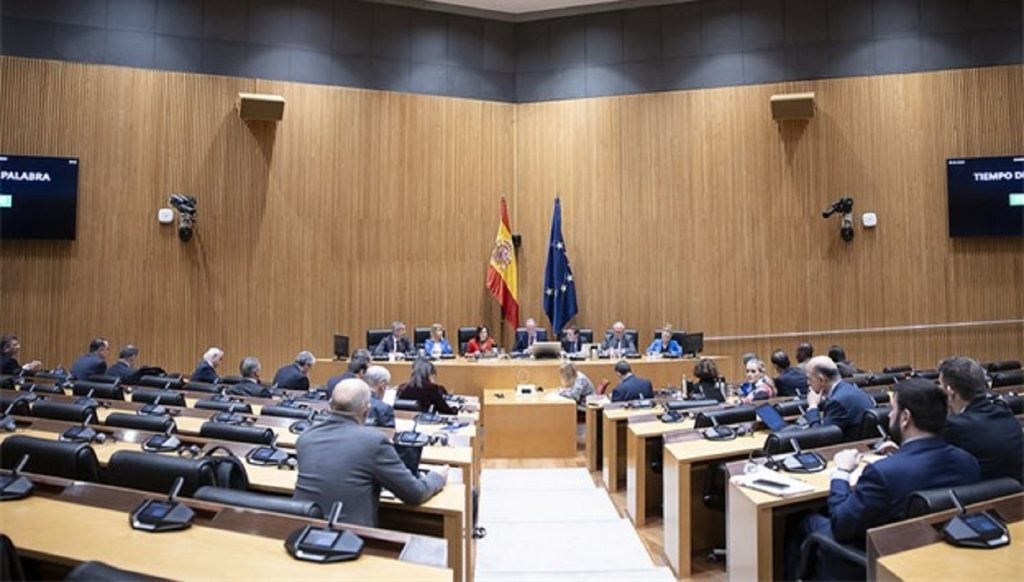
Raytheon has been awarded a contract to work on phase 3 of the US Defense Advanced Research Projects Agency’s (DARPA) persistent close air support (PCAS) programme.
The $25.5m contract is scheduled to run for 18 months, and will culminate in a series of flight tests and live-fire demonstrations of the company’s PCAS solution.
Launched by DARPA in July 2010, the PCAS programme seeks development of software that could enable ground troops to receive close air support sooner through improvement in coordination among joint terminal attack controllers (JTAC), airborne sensors and weapons.
Specifically, the PCAS solution system will help JTACs in quick and simultaneous identification of multiple targets, and joint selection of mission specific precision-guided ordnance with aircrews and their deployment.
Raytheon Missile Systems Advanced Missile Systems product line vice-president Thomas Bussing said the ground troops deserve the quickest response possible when close air support is required.
"Raytheon’s PCAS solution is designed to reduce the minutes it takes to deliver that critical support, and give warfighters the most effective protection possible," Bussing said.
Designed to work with a range of legacy radios to facilitate the transition to multiple users, the PCAS solution is expected to improve human-machine interfaces for both ground and air personnel by inserting autonomous algorithms in the decision chain, and digital transmission of shared situational awareness messages.
The programme, which was originally intended for the US Air Force’s (USAF) A-10 Thunderbolt aircraft, was expanded in 2013 to develop a platform- and sensor-agnostic electronics suite, which could be easily integrated onto multiple platforms.
Raytheon serves as the systems integrator for PCAS, and leads an industry team comprising Rockwell Collins, General Electric, BAE Systems and 5-D Systems.
Image: An artist’s concept of DARPA’s persistent close air support technology. Photo: courtesy of DARPA.








